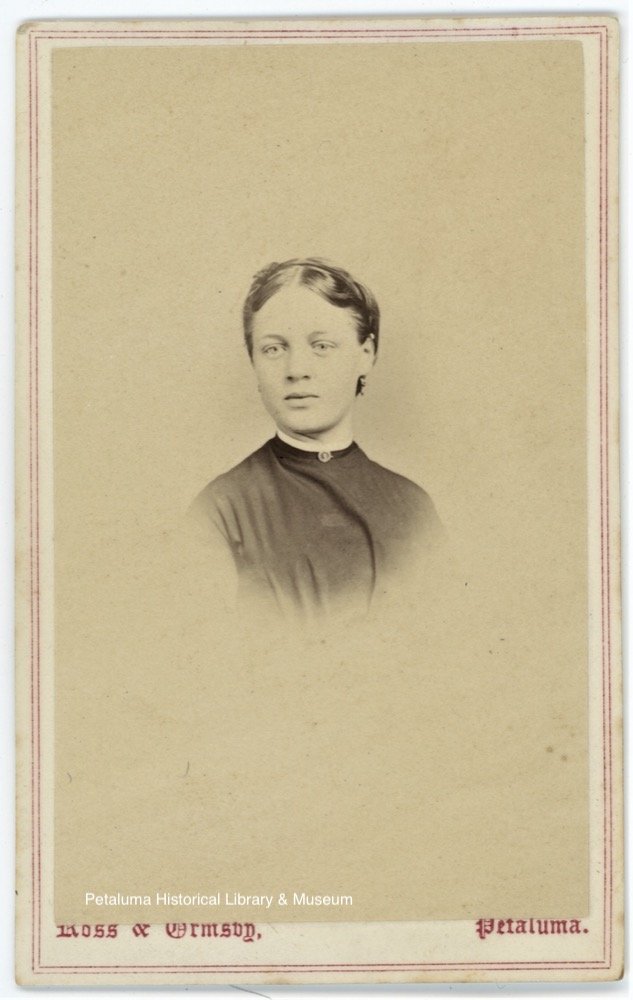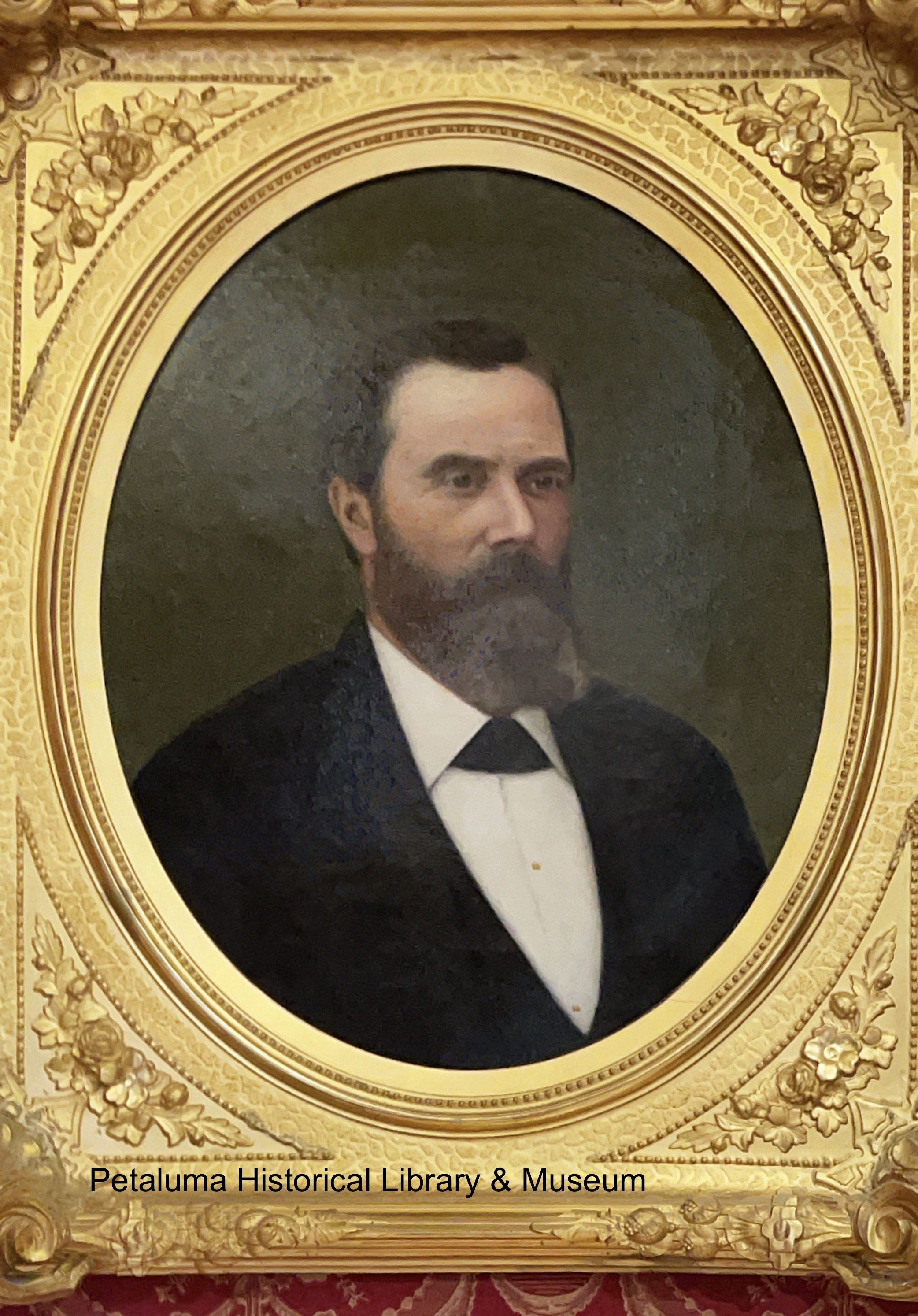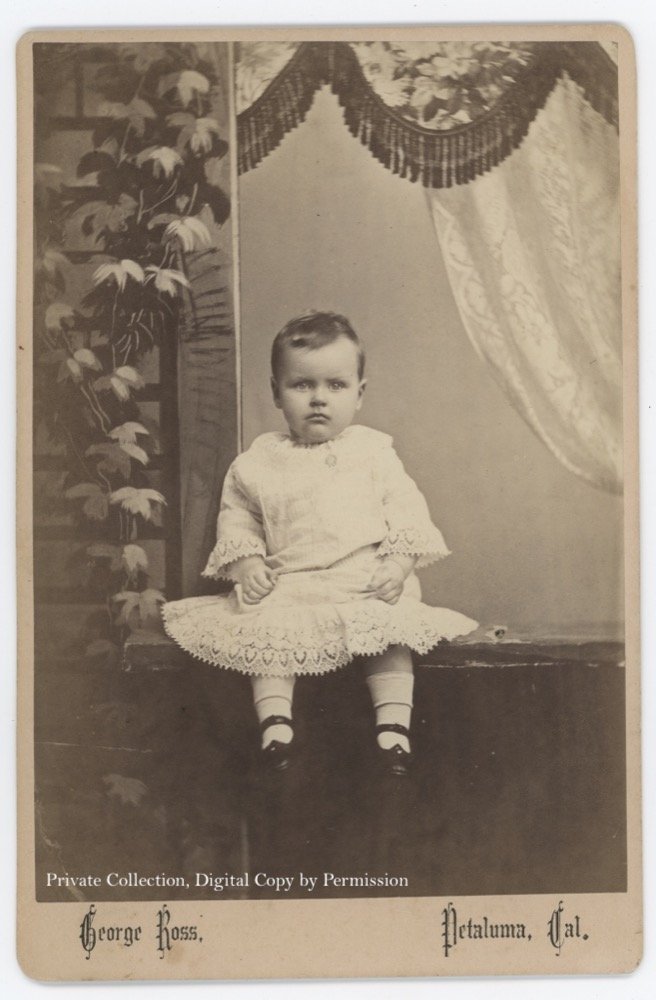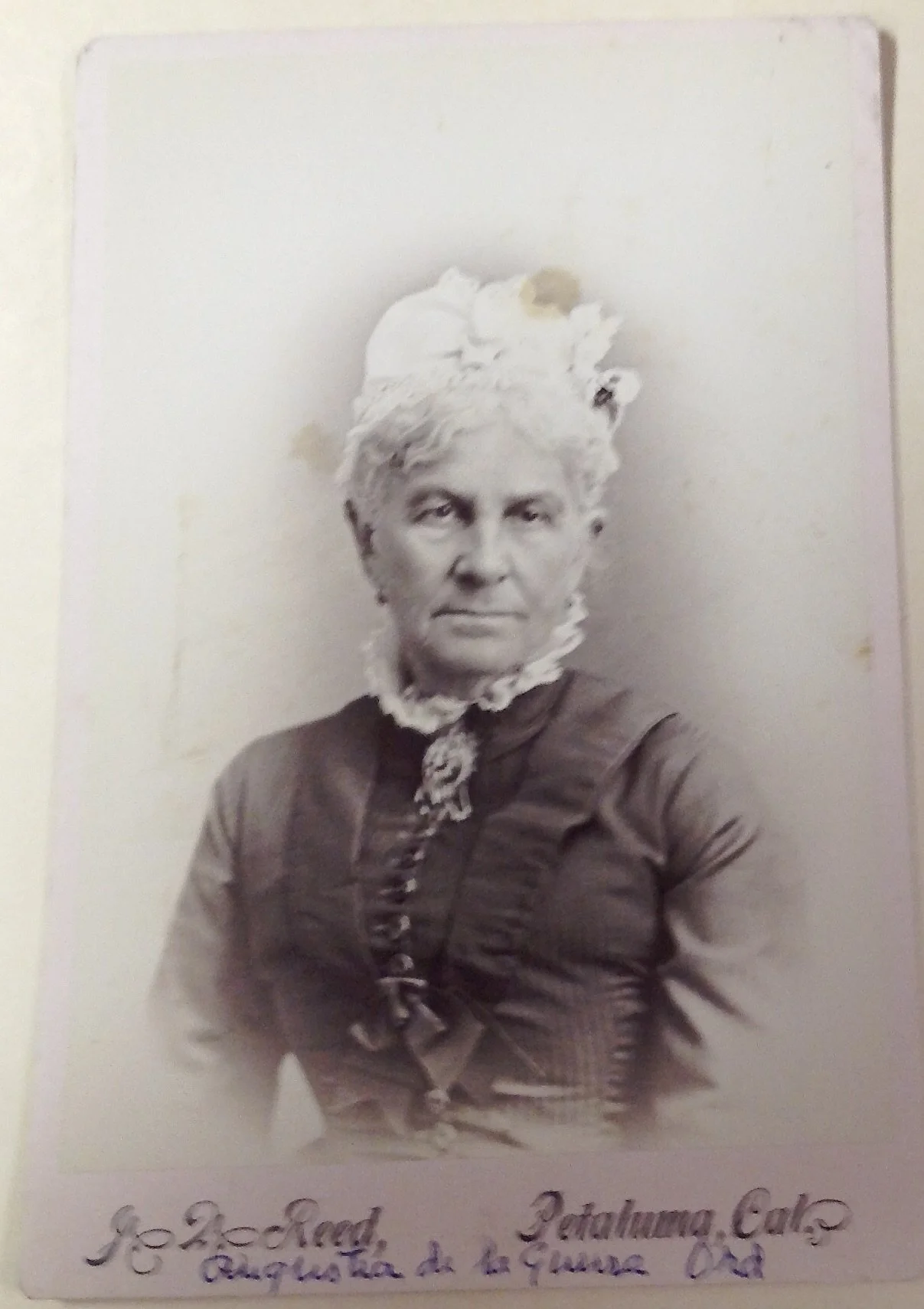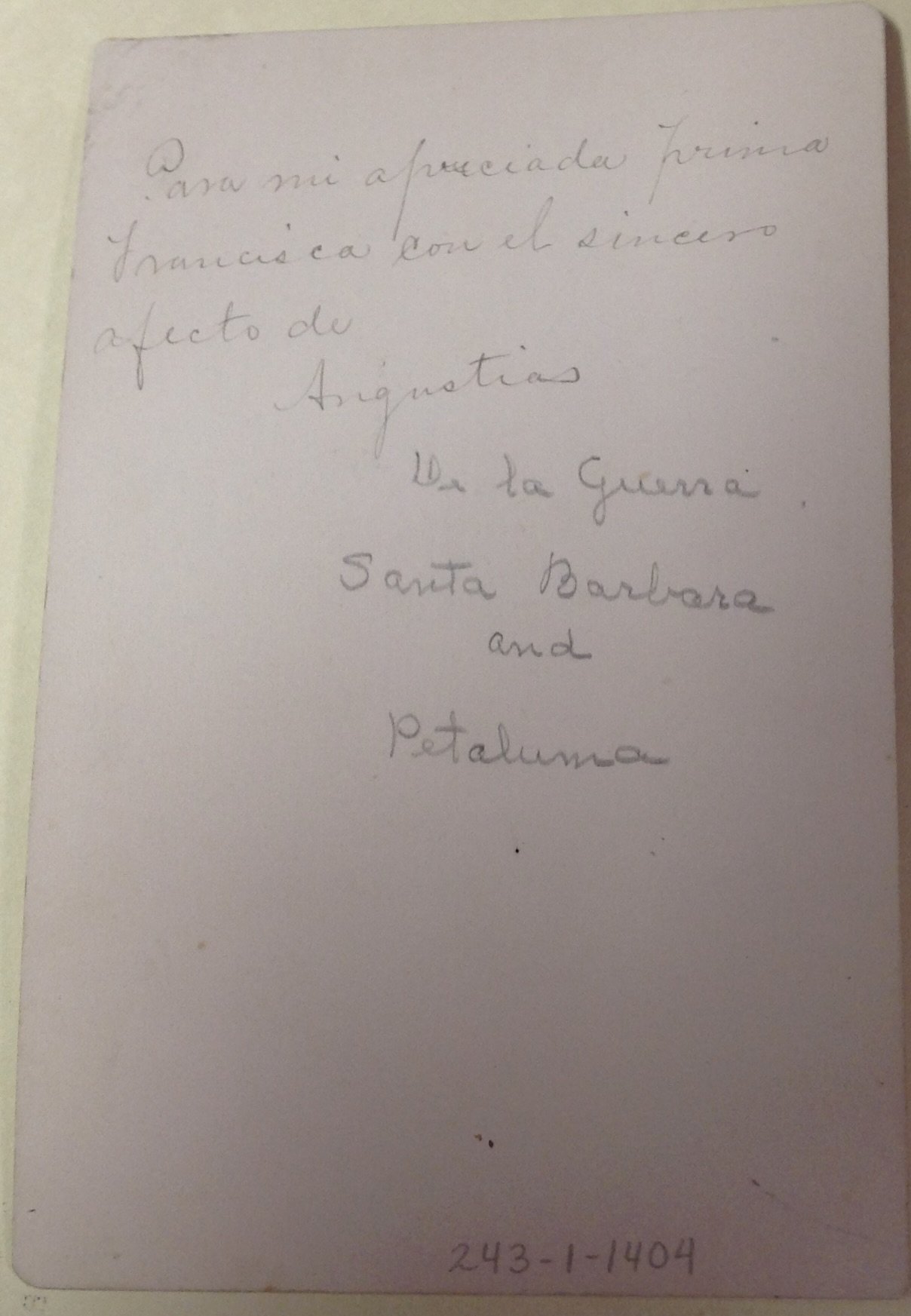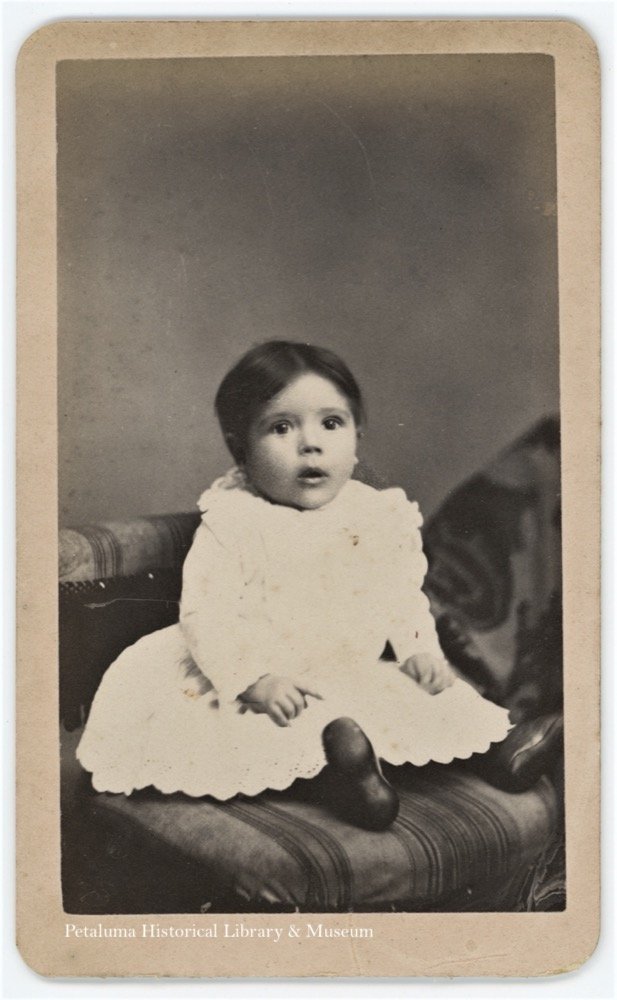Reed’s obituary candidly stated, “He was a true Bohemian, and although peculiar in some respects, had many warm friends, and in his early days was one of the best known of our local citizens. He never married.” In his final years, Reed lived at the Cosmopolitan Hotel, a boarding house for working men, and was employed by Achille Kahn, a Petaluma grocer. In his final illness, Reed was attended to by Petaluma physician George Ivancovich (1850-1924), and Kahn made his funeral arrangements. The funeral was held in Petaluma at the J. S. Blackburn parlor, and Reed’s body was cremated at the Odd Fellow’s crematory in San Francisco. His ashes were returned to the city of his birth, Abington, Massachusetts, where they were laid to rest in Mount Vernon Cemetery.
(According to the scholar, Peter Palmquist, Reed was charged with arson in September of 1887 for setting fire to property in Petaluma at the corner of Cleveland and College Avenues. The present researcher cannot substantiate that claim and suggests further research is necessary.)
Petaluma Photographic Studio: An announcement in the Petaluma Weekly Argus proclaimed that J. Q. Reed, in February 1872, took possession of the photography gallery formerly operated by Johnson. Bryan R. Johnson’s “Johnson’s Premium Pioneer Photography Gallery” was located on Petaluma’s Main Street, on the Doyle block over the Morris Cigar Store. Subsequently, Reed moved his studio to several different locations within Petaluma. By 1874, his studio was in the “American Hall, Main Street”. After that, his locations included “Over Wells, Fargo & Co’s Ex. Office, Main St.” and “Brick Block, opposite McGuire’s Drug Store, Main St.”.
Active in Petaluma: 1872 to at least 1898
Bibliography: Carl Mautz, Biographies of Western Photographers, A Reference Guide to Photographers Working in the 19th Century American West, Expanded and Revised Edition, 2018, p. 161; Peter E. Palmquist and Thomas R. Kailbourn, Pioneer Photographers of the Far West, Stanford University Press, 2000, pp. 452-453; https://digital.sonomalibrary.org/about/photographers; https://www.findagrave.com/memorial/125465566/john-quincy-reed (a portrait of Reed can be viewed at this URL); Petaluma Argus-Courier: Feb. 1, 1922, p.6. Petaluma Courier: Jan 1, 1896, p.8; Jan. 15, 1896, p. 1; Jan. 15, 1896, p. 6 and 8. Petaluma Daily Morning Courier: January 31, 1893, p.1; March 26, 1895, p.1; April 14, 1902, p.1; April 15, 1902, p.2. Petaluma Morning Argus, Oct. 11, 1873, p. 3. Petaluma Weekly Argus: Feb. 24, 1872, p.3; August 3, 1877, p.1; April 2, 1880, p. 3; Oct. 1, 1880, p.3; Oct. 29, 1880, p.3.
Click on any thumbnail for an enlarged version and additional information.








